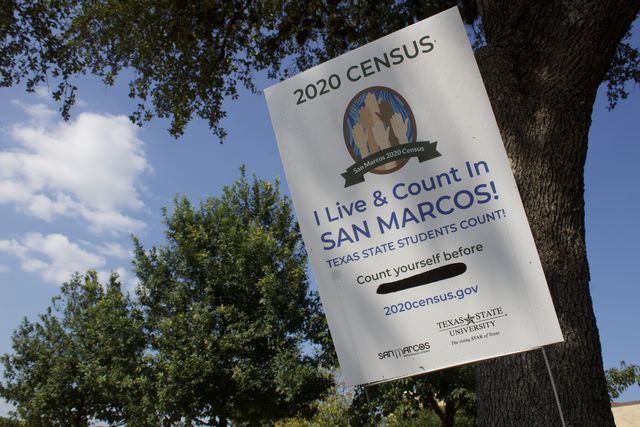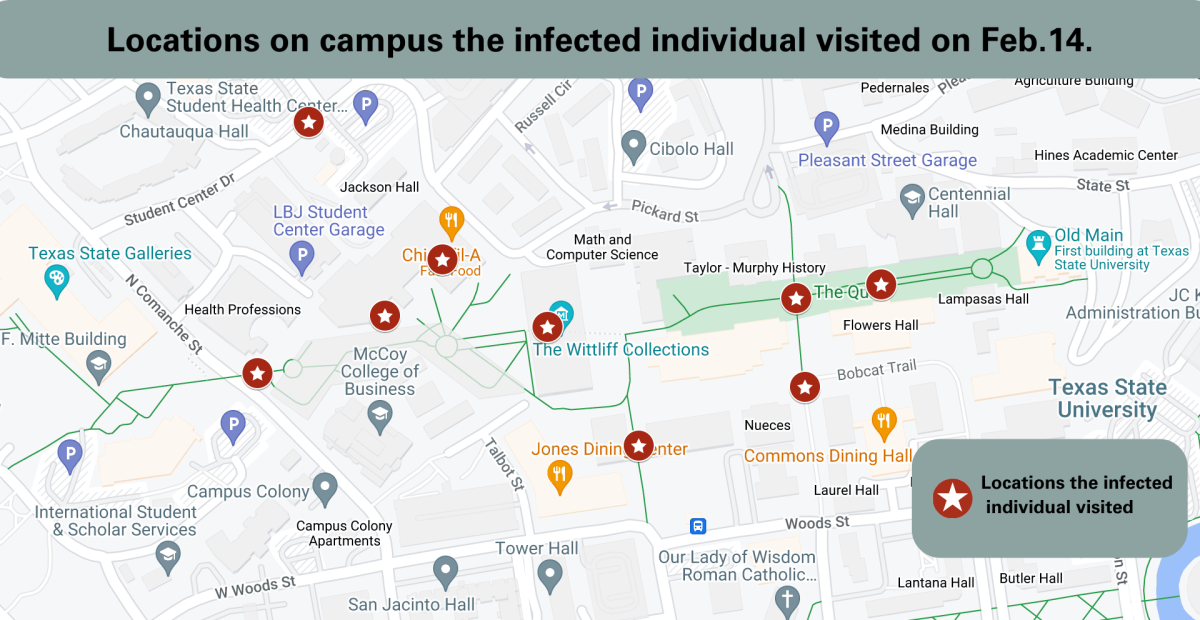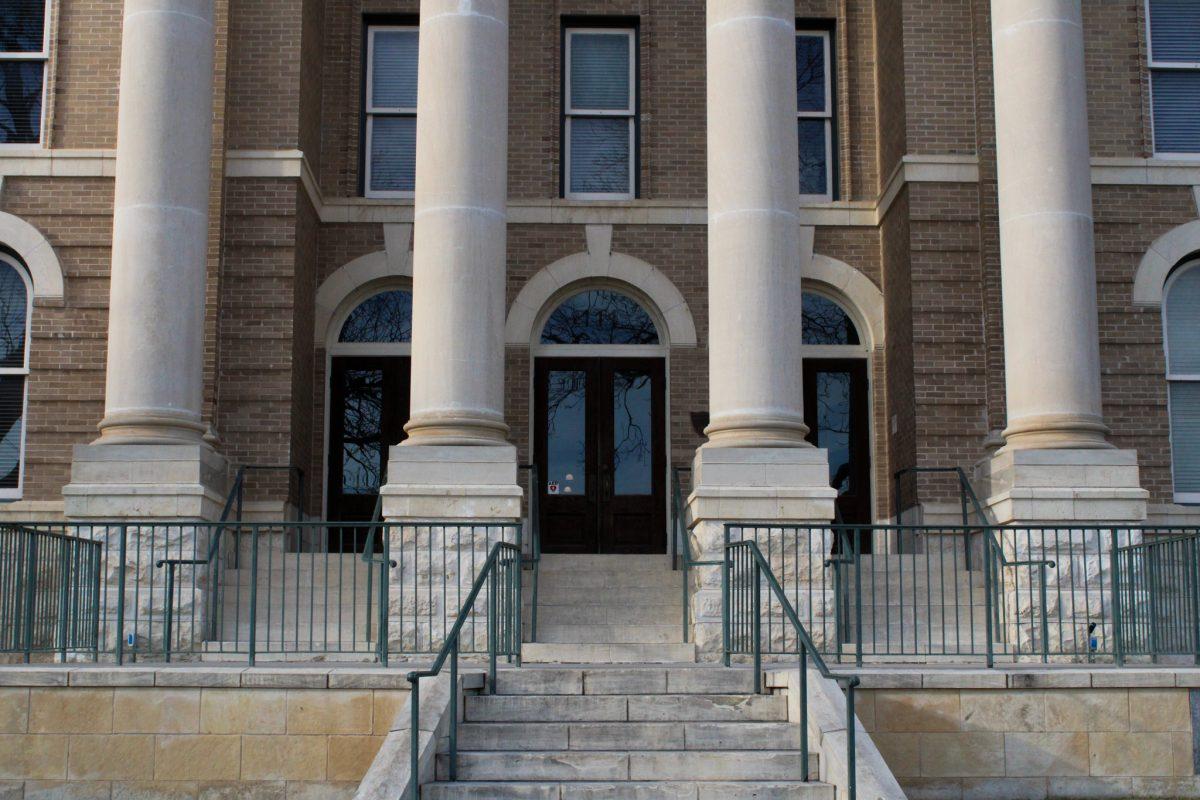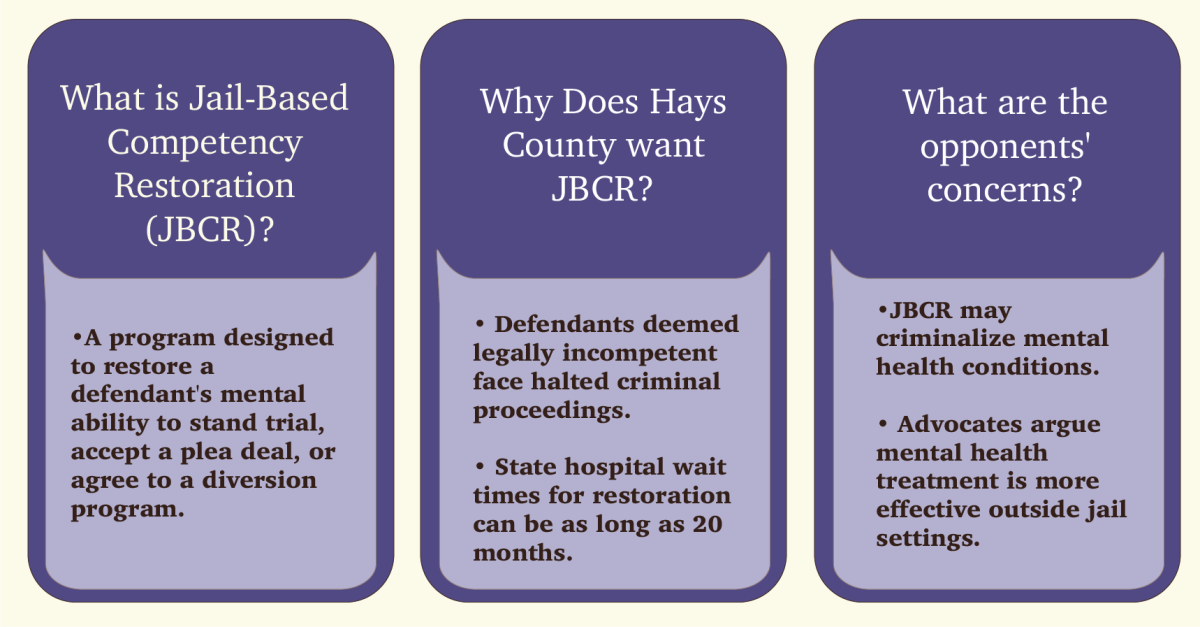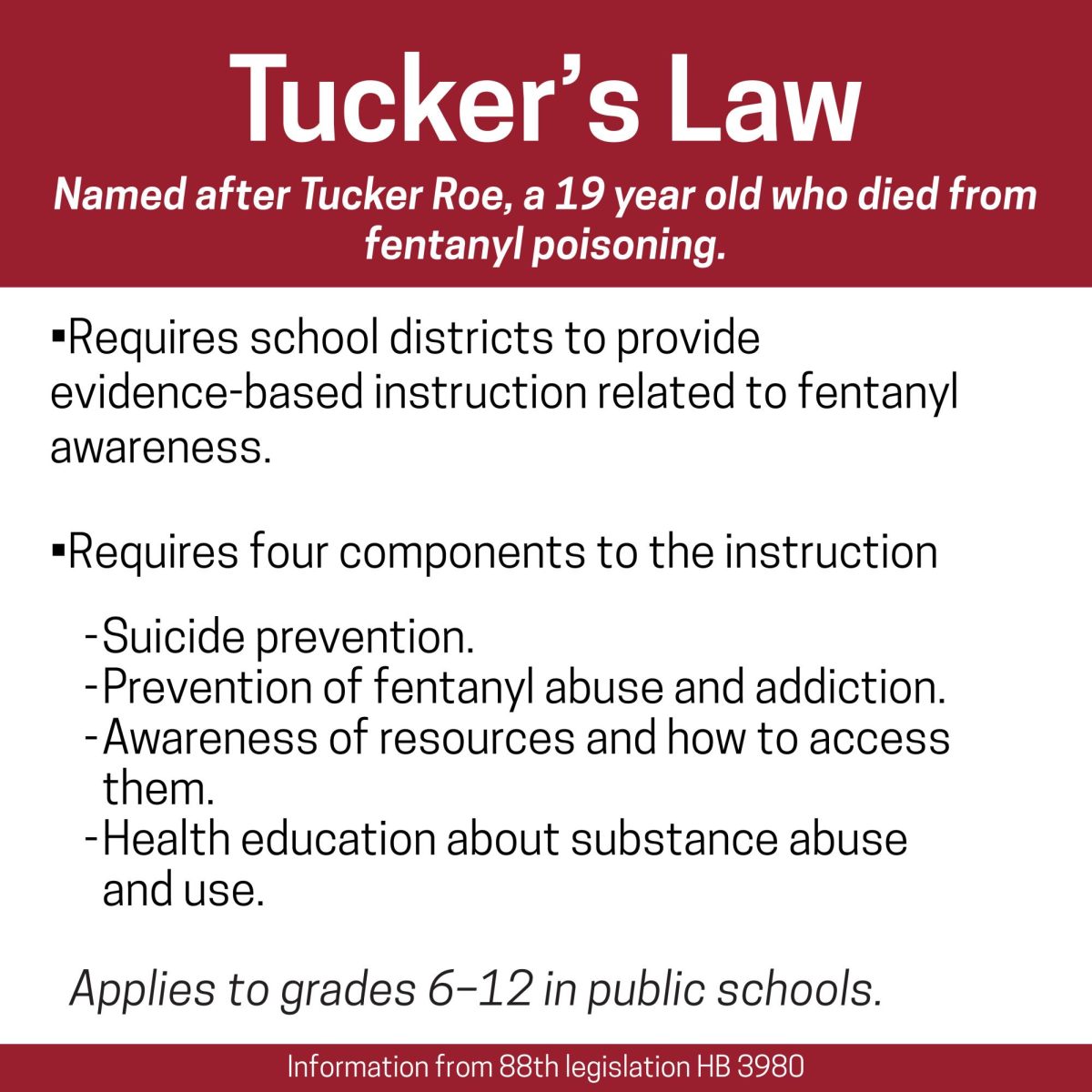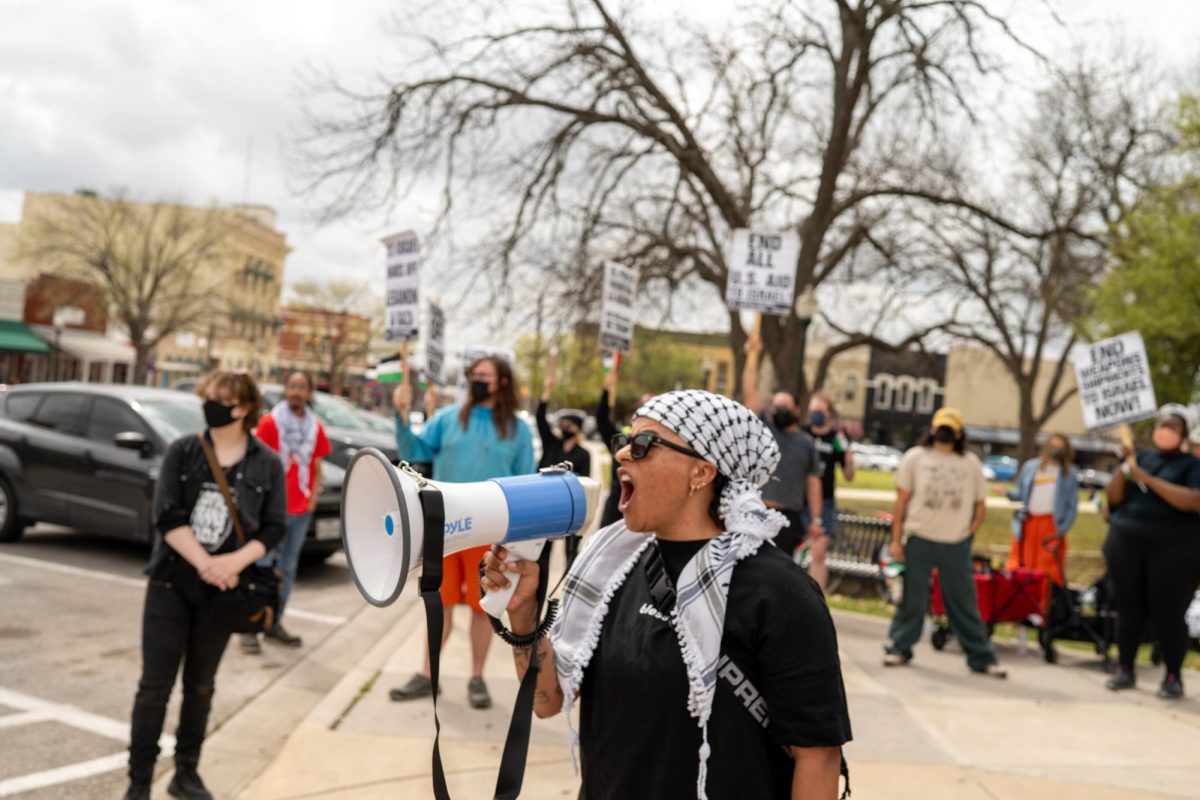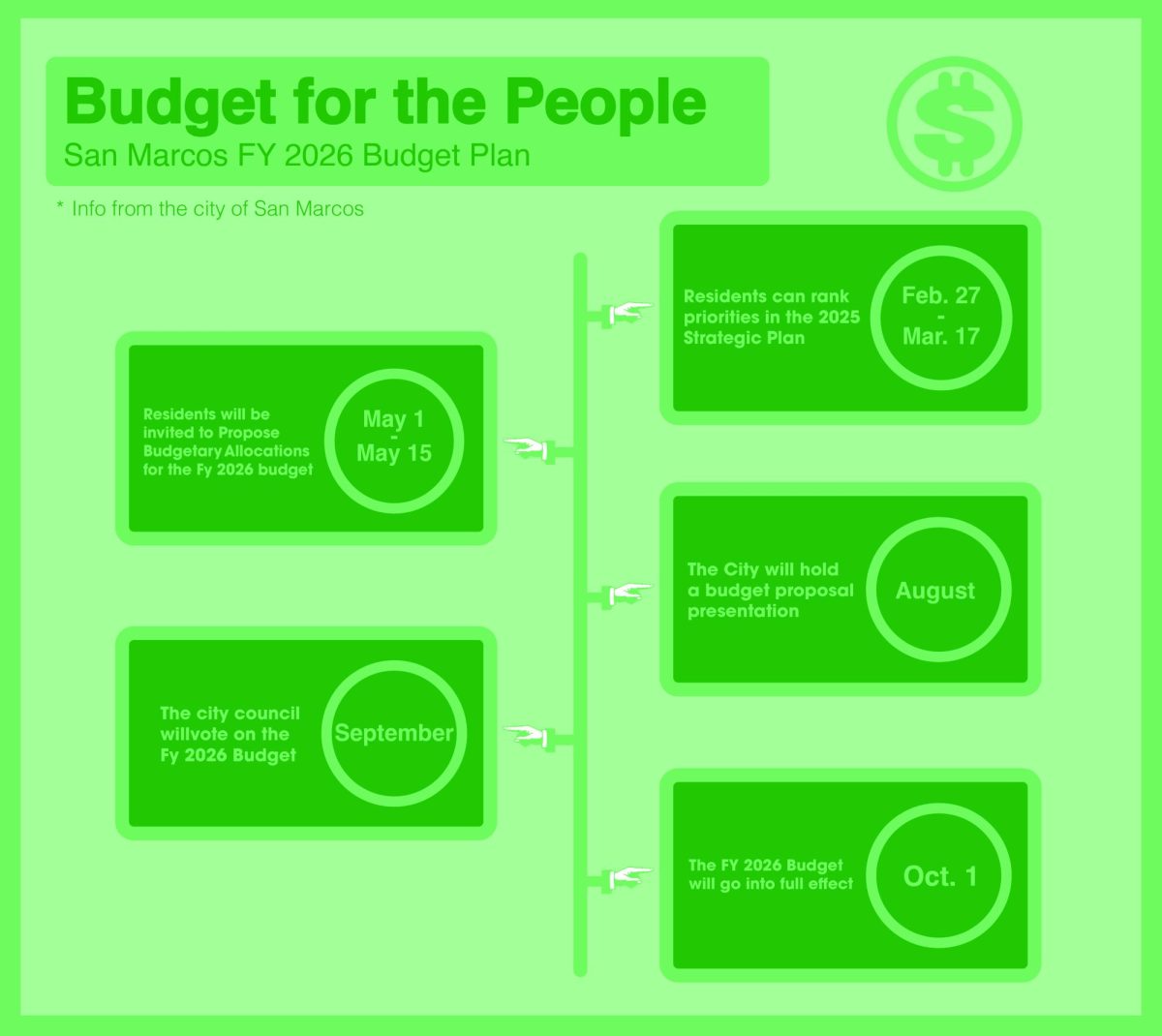San Marcos community resource activists worry the city will not receive adequate federal funding after reviewing low census response rates.
The deadline for self-response 2020 census submissions is Sept. 30. The census will serve as the determining factor for how billions of dollars in federal funding will be allocated in the community for the next 10 years.
The U.S. Census Bureau self-response rates map reports, as of Sept. 29, San Marcos has a self-response rate of about 47.5%—the lowest in Hays County. During the 2010 census, San Marcos had a response rate of approximately 62.5%. A response rate of 80% or higher is recommended by government statisticians to receive the amount of funding each community needs.
Douglas Loveday, senior media specialist for the Dallas Regional U.S. Census office, says high response rates are pivotal since the data gathered in this census will be used for the next decade.
“We certainly don’t want to be shorted on any funds from the federal government; having an undercount could definitely have a negative effect, especially when it comes to things like healthcare,” Loveday said.
Census numbers are used to determine the funding for programs widely used by the San Marcos and Texas State community, such as Supplemental Nutrition Assistance, Children’s Health Insurance, Highway Planning and Construction, the Federal Pell Grant, Disaster Recovery, Section 8 Housing Choice Vouchers, Head Start, Low-Income Home Energy Assistance and National School Lunch.
Dr. Gloria Martinez, a sociology professor and chair of the San Marcos Complete Count Committee, says the reapportioning of the House of Representatives is constitutionally based on the census, meaning Texas could potentially gain or lose representation based on the response numbers.
“Texas State students are crucial to the fabric of representation. They’re a huge part of the San Marcos community,” Martinez said.
Martinez believes COVID-19 has played a major role in the low response rates.
“The pandemic hit right at the kickoff of the census,” Martinez said. “A lot of people left, and they didn’t come back.”
Students who went home will have a great impact on college towns like San Marcos, which relies on students for its population count. Students could lose out on important federal funding if they do not turn out with a large response rate.
Due to fear, undocumented and DACA recipients may stray from putting their information on a government document.
According to Dr. Martinez, the census is simple to complete and does not ask any personal questions.
“All responses are secure and confidential, so it is safe for undocumented immigrants as well as DACA recipients as well,” Martinez said. “We need them to be counted.”
Many students will be counted in the group quarters count, which counts individuals living in group settings, such as dorms, homeless shelters and jails. Alyssa Garza, community engagement director for Mano Amiga, believes all Bobcats should complete the census.
“It impacts you, it impacts others, and it’s a great opportunity to show the community that you care about them and that you care enough about yourself to invest in your future,” Garza said. “It boils down to this: You got 10 questions that take 10 minutes, but they’re going to shape the future of all Bobcats and the Texas State community for the next 10 years.”
For additional information on the questionnaire, visit my2020census.gov.
Categories:
San Marcos reports low census response rates
Kiana Burks, News Contributor
September 29, 2020
The deadline for 2020 Census self-reported submissions is Sept. 30. San Marcos currently reports the lowest response rates in Hays County.
0
Donate to The University Star
Your donation will support the student journalists of Texas State University. Your contribution will allow us to purchase equipment and cover our annual website hosting costs.
More to Discover



